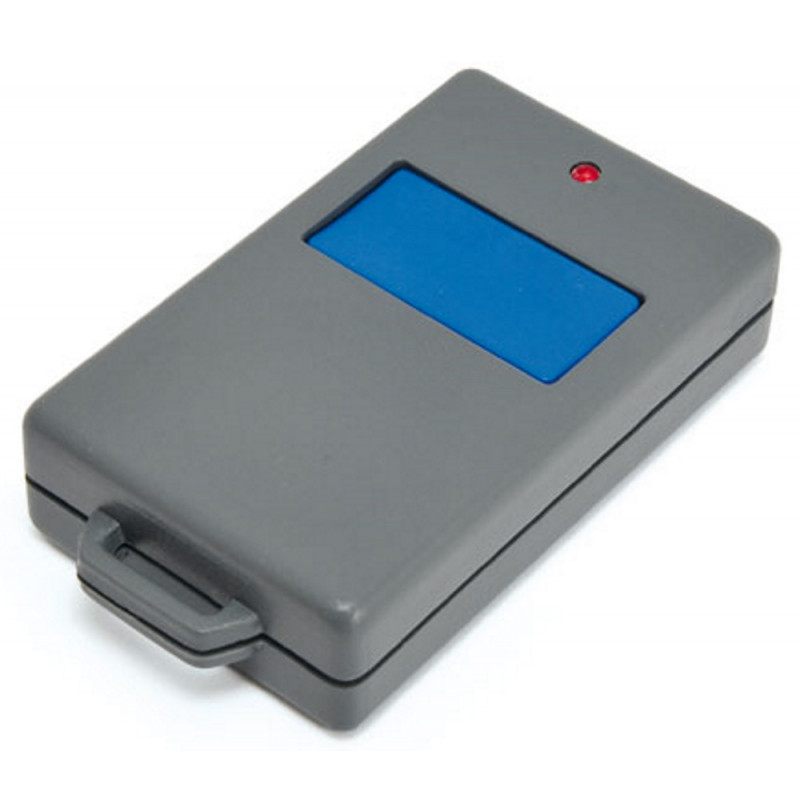








Trasmettitore palmare basato sul modulo radio LoRa SX1278 e gestito dal microcotrollore ATmega32u4. Adatto per essere utilizzato in abbinamento allo shield LoRa (vedere prodotti correlati), permette di realizzare comandi via radio long-range. Per la programmazione, tramite l’IDE Arduino, è disponibile una presa micro USB.
 Pagamenti Sicuri
Pagamenti Sicuri
Paga in totale sicurezza con Carta di Credito, PayPal, Amazon Pay, Bonifico Bancario o PostePay
 Spedizione Rapida
Spedizione Rapida
A partire da 6,49€ in 2–4 giorni o Express 24/48h a 9,90€ SDA, UPS, DHL, BRT, Punto Poste o Ritiro
 Reso Facile 30 Giorni
Reso Facile 30 Giorni
Hai 30 giorni dalla consegna per restituire il prodotto se non sei soddisfatto
|
Trasmettitore palmare basato sul modulo radio LoRa SX1278 e gestito dal microcotrollore ATmega32u4. Adatto per essere utilizzato in abbinamento allo shield LoRa (vedere prodotti correlati), permette di realizzare comandi via radio long-range. Per la programmazione, tramite l’IDE Arduino, è disponibile una presa micro USB. Il trasmettitore viene alimentato tramite una batteria a 12V tipo A23 con un consumo medio di circa 20 mA durante l’attività. Il radiocomando viene fornito montato, collaudato e completo di contenitore. |
|
Uso Alternativo dell’Hardware del Telecomando |
|
Se in parallelo al pulsante colleghiamo un contatto pulito, come ad esempio un contatto reed di quelli per porte e finestre (quello degli antifurto, ndr), realizzeremo un efficiente sensore wireless di allarme anti-intrusione. Questi utilizzi alternativi del telecomando sono utilizzi che contano sull’attivazione momentanea del circuito che ha una alimentazione fornita da una piccola batteria non ricaricabile. Ma è già allo studio una ulteriore elaborazione del circuito del telecomando. In questa nuova schedina, di dimensioni non troppo distanti da quella del telecomando, sarà aggiunto un carica batteria per batterie LiPo da 3,7 V. Il risultato sarà quello di avere una scheda completa di processore e modulo radio con la possibilità di essere auto-alimentata e di restare sempre accesa. |
|
Caratteristiche tecniche |
|
|
Documentazione e link utili |
Potrebbe anche piacerti